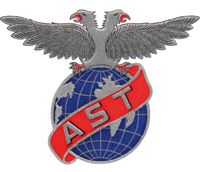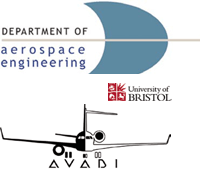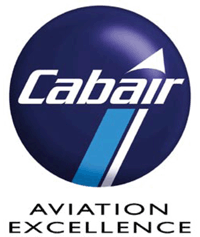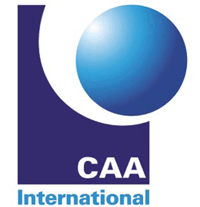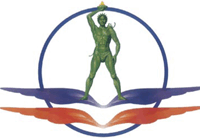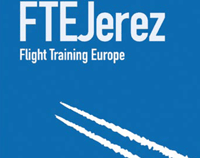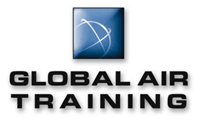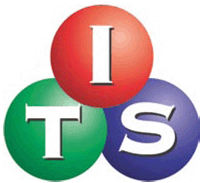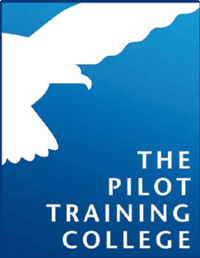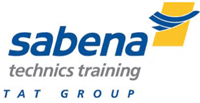Welcome to Flight International’s first annual training & development guide, your manual to help you navigate through the fog and choose the right training provider for you or your employees.
In an economic downturn, it is easy to regard training as a luxury, a cost to be trimmed when budgets are tight. But taking such a short term view to career development is part of the reason the industry as a whole struggles to cope when better times return and demand for pilots, engineers, air traffic controllers, managers and other professions begins taking off again.
The current crisis facing airlines may temporarily tighten the growing gap between the need for new pilots and their supply, for instance. However, long term trends such as decline in air force pilots - a traditional route into the industry - and in airline cadet programmes has left most would-be pilots having to finance their own training. This is something many experts fear will create a huge skills deficit when the sector begins growing again, as it surely will, when the cycle turns around in 2010.
Similarly, a shrinking number of school-leavers choosing an aerospace engineering career has been a worry for the industry for a decade or more. Again, efforts have to be mace to persuade youngsters that designing and repairing aircraft and components is a rewarding profession.
The training sector does a vital job in providing the human capital and vital skills base that the aerospace industry needs.
In this supplement you will find profiles of 27 leading training and development providers, with an index detailing their competencies. They range from flight schools to maintenance colleges, universities to distance learning courses. We are confident that this guide will help you select your perfect Partner.
 |
|---|
 |
Editor
Flight International
Source: Flight International























